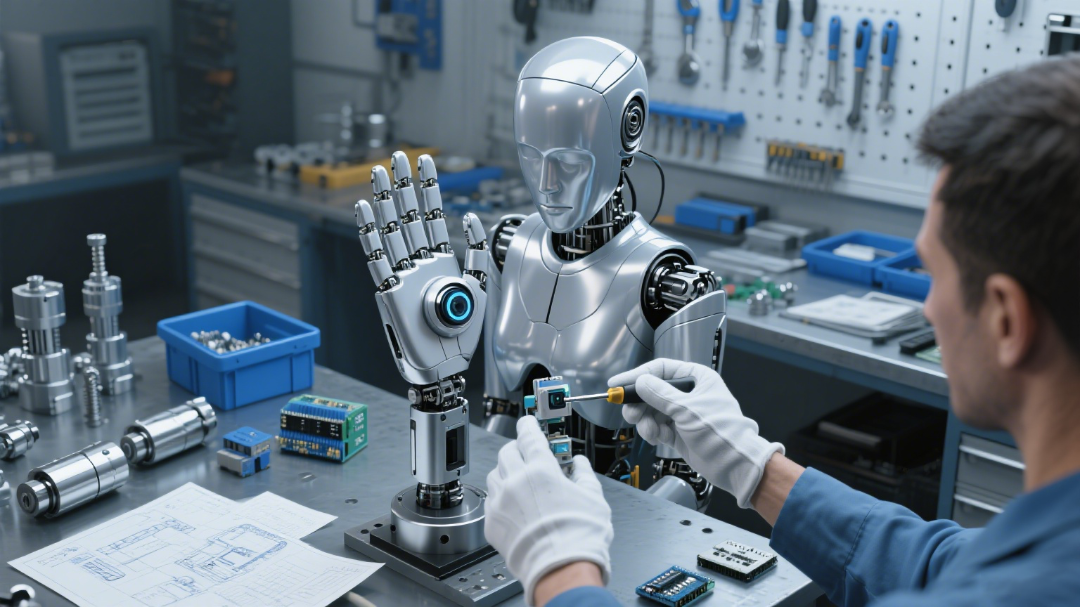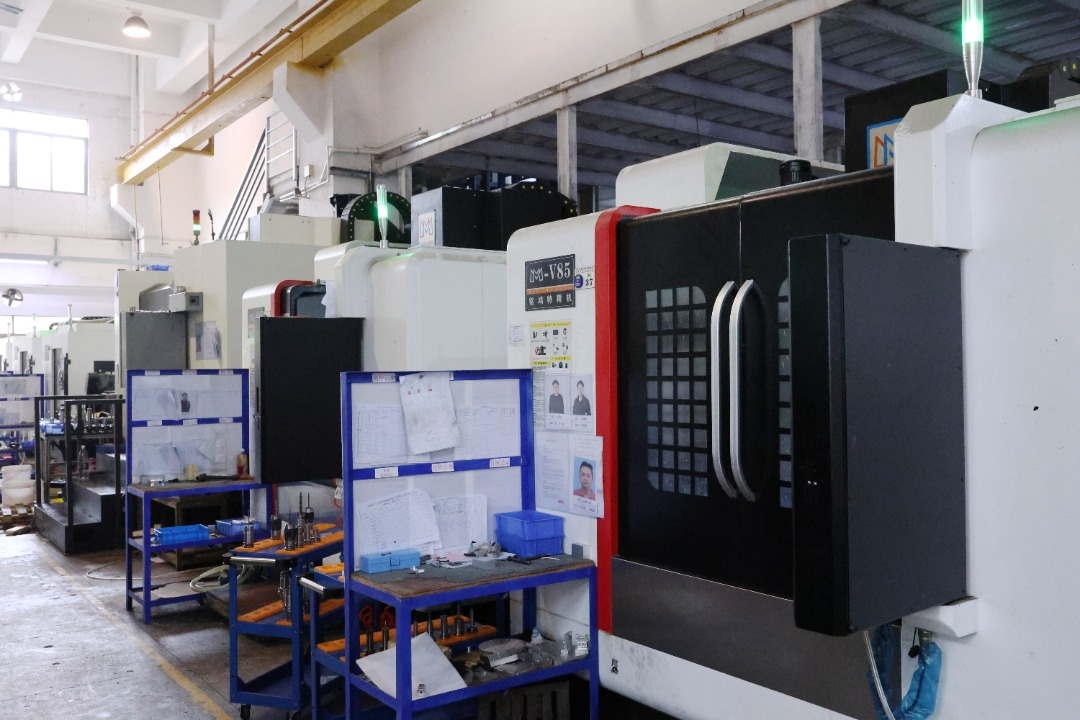 Part Machining / Mould
Part Machining / Mould Sheet Metal / Hand Plate
Customize&Volume Production
 English
English
 Part Machining / Mould
Part Machining / Mould  English
English

Robot Machining

Since 2023, the humanoid robot sector has been continuously gaining momentum, with a surge in demand for small-batch customized prototype orders. As core manufacturing regions boasting a solid industrial foundation, Dongguan and Shenzhen have demonstrated strong dynamism in the prototype machining link of the humanoid robot industry chain. The bustling scene here is reminiscent of Dongguan during the heyday of the "World Factory" a decade ago, where the production capacity for small-batch formed prototypes has long been in short supply.
CNC Machining for Humanoid Robots

In the R&D and small-batch (hundreds of units) mass production stages of humanoid robots, Computer Numerical Control (CNC) machining occupies a dominant position. Particularly in the manufacturing of core components such as robot joints, for aluminum alloy parts, 5-axis CNC machining has become the first choice due to its operational flexibility and machining precision advantages. It can not only stably ensure dimensional tolerances, with the control of geometric tolerances reaching ±0.01mm, but also achieve consistent high-quality machining standards whether using imported 5-axis equipment or domestic 5-axis CNC systems like Beijing Jingdiao. Overall, CNC machining is a highly adaptable and mature process solution at the current stage.
Humanoid Robot Prototypes

In the machining of plastic casings for humanoid robots, the CNC process also performs excellently. The samples and small-batch products produced through this process are highly consistent with mold-injected parts in terms of appearance and performance. Taking ABS material as an example, the physical property parameters of the raw materials used in prototype machining are consistent with the mass production standards. Meanwhile, this process has the significant advantages of high machining efficiency and short sampling cycle.
In the surface treatment link, products that have undergone processes such as spray painting have passed testing items including the cross-hatch test (adhesion test) and alcohol resistance wiping test, and all indicators meet the factory standards for mass production. This indicates that in the small-batch production of plastic casings, CNC machining can not only ensure consistency with injection-molded parts but also balance efficiency and quality stability.
Selection for Robot Prototyping

In the initial stage of humanoid robot prototype sampling, the evaluation of cooperative manufacturers is of crucial importance. Although some small-scale prototype factories may have a certain appeal in terms of quotation, they have obvious shortcomings in the dimension of core competitiveness.
Specifically, small-scale factories often fall short in key links such as delivery cycle control, product information confidentiality management, and the integrity of post-processing for appearance (such as spray painting, silk screening, and other processes). Their production chain coherence is weak, and most of them rely on external collaboration to complete processes. If the prototyping process of a set of humanoid robots cannot be fully undertaken by a single large-scale prototype factory but is scattered across multiple external links, it will directly affect the controllability of information confidentiality, and there will also be hidden concerns about quality stability.
In contrast, choosing a service provider with comprehensive strength (such as Shenzhen Industrial Man Rapid Prototyping) can achieve a one-stop closed-loop delivery from the complete set of robot prototype sampling to small-batch production. This not only ensures process efficiency and quality consistency but also enhances information security through full-link independent control.
